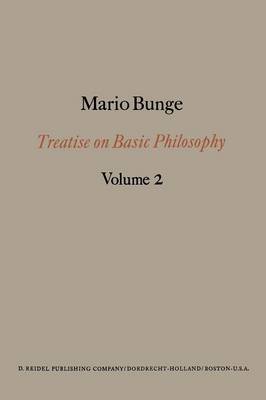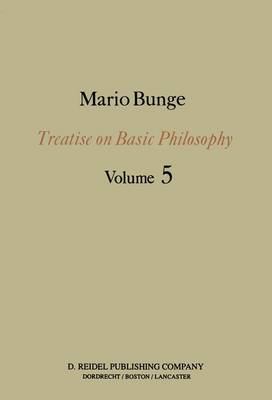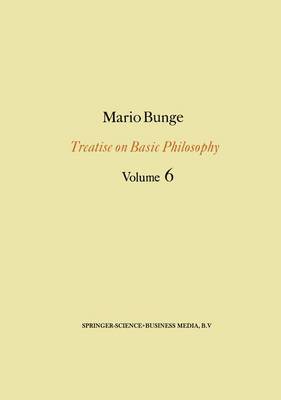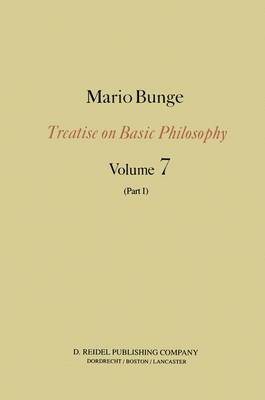Treatise on Basic Philosophy
6 primary works
Book 1
In this Introduction we shall sketch a profile of our field of inquiry. This is necessary because semantics is too often mistaken for lexicography and therefore dismissed as trivial, while at other times it is disparaged for being concerned with reputedly shady characters such as meaning and allegedly defunct ones like truth. Moreover our special concern, the semantics of science, is a newcomer - at least as a systematic body - and therefore in need of an introduction. l. GOAL Semantics is the field of inquiry centrally concerned with meaning and truth. It can be empirical or nonempirical. When brought to bear on concrete objects, such as a community of speakers, semantics seeks to answer problems concerning certain linguistic facts - such as disclosing the interpretation code inherent in the language or explaning the speakers' ability or inability to utter and understand new sentences ofthe language. This kind of semantics will then be both theoretical and experimental: it will be a branch of what used to be called 'behavioral science'.
Book 2
Book 5
In this Introduction we shall state the business of both descriptive and normative epistemology, and shall locate them in the map oflearning. This must be done because epistemology has been pronounced dead, and methodology nonexisting; and because, when acknowledged at all, they are often misplaced. 1. DESCRIPTIVE EPISTEMOLOGY The following problems are typical of classical epistemology: (i) What can we know? (ii) How do we know? (iii) What, if anything, does the subject contribute to his knowledge? (iv) What is truth? (v) How can we recognize truth? (vi) What is probable knowledge as opposed to certain knowledge? (vii) Is there a priori knowledge, and if so of what? (viii) How are knowledge and action related? (ix) How are knowledge and language related? (x) What is the status of concepts and propositions? In some guise or other all of these problems are still with us. To be sure, if construed as a demand for an inventory of knowledge the first problem is not a philosophical one any more than the question 'What is there?'. But it is a genuine philosophical problem if construed thus: 'What kinds of object are knowable-and which ones are not?' However, it is doubtful that philosophy can offer a correct answer to this problem without the help of science and technology. For example, only these disciplines can tell us whether man can know not only phenomena (appearances) but also noumena (things in themselves or self-existing objects).
Book 6
Book 7
The aims of this Introduction are to characterize the philosophy of science and technology, henceforth PS & T, to locate it on the map ofiearning, and to propose criteria for evaluating work in this field. 1. THE CHASM BETWEEN S & T AND THE HUMANITIES It has become commonplace to note that contemporary culture is split into two unrelated fields: science and the rest, to deplore this split - and to do is some truth in the two cultures thesis, and even nothing about it. There greater truth in the statement that there are literally thousands of fields of knowledge, each of them cultivated by specialists who are in most cases indifferent to what happens in the other fields. But it is equally true that all fields of knowledge are united, though in some cases by weak links, forming the system of human knowledge. Because of these links, what advances, remains stagnant, or declines, is the entire system of S & T. Throughout this book we shall distinguish the main fields of scientific and technological knowledge while at the same time noting the links that unite them.
Book 8





